It was officially the worst wildfire season in B.C.’s history.

The destructive 2017 fires displaced thousands of British Columbians and burned more than 1.2 million hectares.
More than 1,300 fires engulfed the province between April and November, costing B.C. more than $564 million.
The 2017 wildfire season also saw the longest state of emergency in the province’s history, lasting a total of 10 weeks.
The provincial government first declared a state of emergency on July 7 and had to extend it four times.
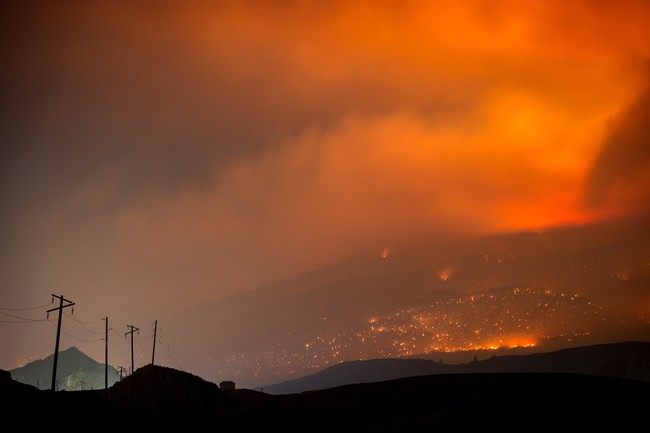
This was the first time in 14 years that the province was forced to declare a state of emergency due to wildfires.
Multiple air quality advisories were also issued as a blanket of smoke covered parts of B.C.
People were urged to avoid strenuous outdoor activities.
WATCH: Global News coverage of air quality advisories during the wildfire season
By the start of August, Metro Vancouver had already seen the longest air quality advisory in the region’s history – at 10 days.
Kamloops also saw off-the-chart numbers on B.C.’s Air Quality Health Index – which measures how safe it is to breathe from a scale of one to 10.
“The higher the number, the greater the health risk associated with the air quality,” reads Environment Canada’s website.
Leaving home behind
The devastating wildfire season saw displaced 65,000 British Columbians from their homes.
Many lost everything as communities were evacuated, often at a moment’s notice.
Residents shared their stories after they had to leave, not knowing when they would return home — or what would be left when they did.
Powerful images emerged from B.C.’s devastating wildfire season:
Evacuation centres were set up across the province but confusion ensued in many areas as government and volunteers tried to keep up with the number of evacuees.
“We got there, they just waved us through. Some were waved to Prince George, some to Kamloops… but nobody had any information there and that was a bit disappointing,” Williams Lake evacuee Sage Birchwater said in July.
There were long lineups at centres when evacuees arrived, as thousands made their way through registration.

Get breaking National news
“It is hell, confusion, and people don’t know where they are going next. And that’s the most confusing part for everybody,” said Jim Jameson, an evacuee from 108 Mile Ranch.
WATCH: Confusion adding to stress for wildfire evacuees

Some evacuees would wait in line for hours before their questions were answered.
People who were displaced also had to deal with scammers. Numerous Williams Lake residents — including Mayor Walt Cobb — alleged that people were using evacuees’ addresses to access Red Cross funds.
Meanwhile, numerous people were also arrested for break-and-enter in the 100 Mile House and Williams Lake area after residents had evacuated.
Wildfire heroes
During peak activity, more than 4,700 personnel were on the front lines, fighting against Mother Nature while dealing with record-breaking hot weather.
More than 1,200 of the firefighters were from outside the province. Support poured in from across Canada, as well as Australia, New Zealand, Mexico and the U.S.
“Long hours and putting in hard work all day long,” firefighter Dalton Suzuki said back in September of the toughest challenge he’s faced in his years of service.
Ground personnel from the Canadian Armed Forces were also brought in to help, the first time this happened since 2003.
WATCH: Meet the people on the front lines

People also came closer together as the 2017 fire season tore towns apart. Volunteers flooded evacuation centres and people rushed to donate food, clothes and money.
Multiple Facebook pages were also created to coordinate efforts; some opened up their homes to evacuees, others offered free pens for horses and other animals.
Some companies also jumped in to help, accepting cash donations, waiving cellphone charges or by holding fundraisers.
Most notable fires
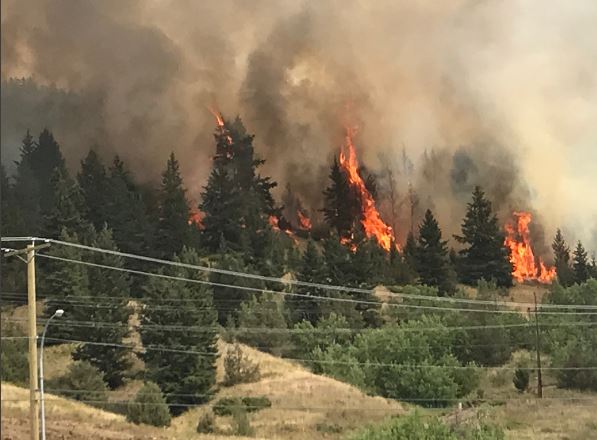
The Plateau fire was the result of 20 separate fires near Williams Lake merging together, covering a devastating 545,151 hectares.
That made for the largest fire ever recorded in B.C.’s history.
The fire covered an area that was was roughly the size of Prince Edward Island.
At its peak, the 191,865-hectare fire covered an extensive area from the south end of Ashcroft, all the way to the north end of BC Highway 24.
The fire was first discovered on July 6, but it grew to more than 1,000 hectares within 24 hours. The blaze burned through multiple properties on the Ashcroft Indian Reserve, the Boston Flats mobile home park and forced the entire village of Cache Creek to be evacuated.
The Hanceville fire also resulted from blazes fusing together around Hanceville, Riske Creek, Alexis Creek and the surrounding areas.
The fire grew to a 241,160 hectares.
B.C.’s wildfire history
The second-worst recorded fire season in B.C.’s history came in 1958, when about 855,000 hectares were burned. B.C. started keeping records of wildfires in 1950.
The 2017 fire season also dethroned 2009 as the most expensive one by approximately $182 million.
“This year is far and away the worst we’ve ever seen in terms of the hectares burned,” chief wildfire information officer Kevin Skrepnek said back in August.
WATCH: Impact of B.C. wildfires still felt

By July, the B.C. RCMP had deployed an additional 300 officers to help with the unprecedented fire season. Some of the officers were tactical members who specialized in emergency situations.
Following the wildfire season, professors from the University of British Columbia and the University of Northern British Columbia, along with fire ecologists, drafted a letter warning the province that 2017’s fire season was the “new normal.”
The letter contained numerous recommendations, including prescribed burns to decrease fire hazards around rural communities.
Earlier this year, the BC NDP announced a review of the 2017 wildfire and flooding season. The report will include a review of the evacuation procedures in place.
The report is expected to be completed before April 20, 2018.
~With files from Amy Judd, Jon Azpiri, Jesse Ferreras, Shelby Thom and Simon Little, CKNW














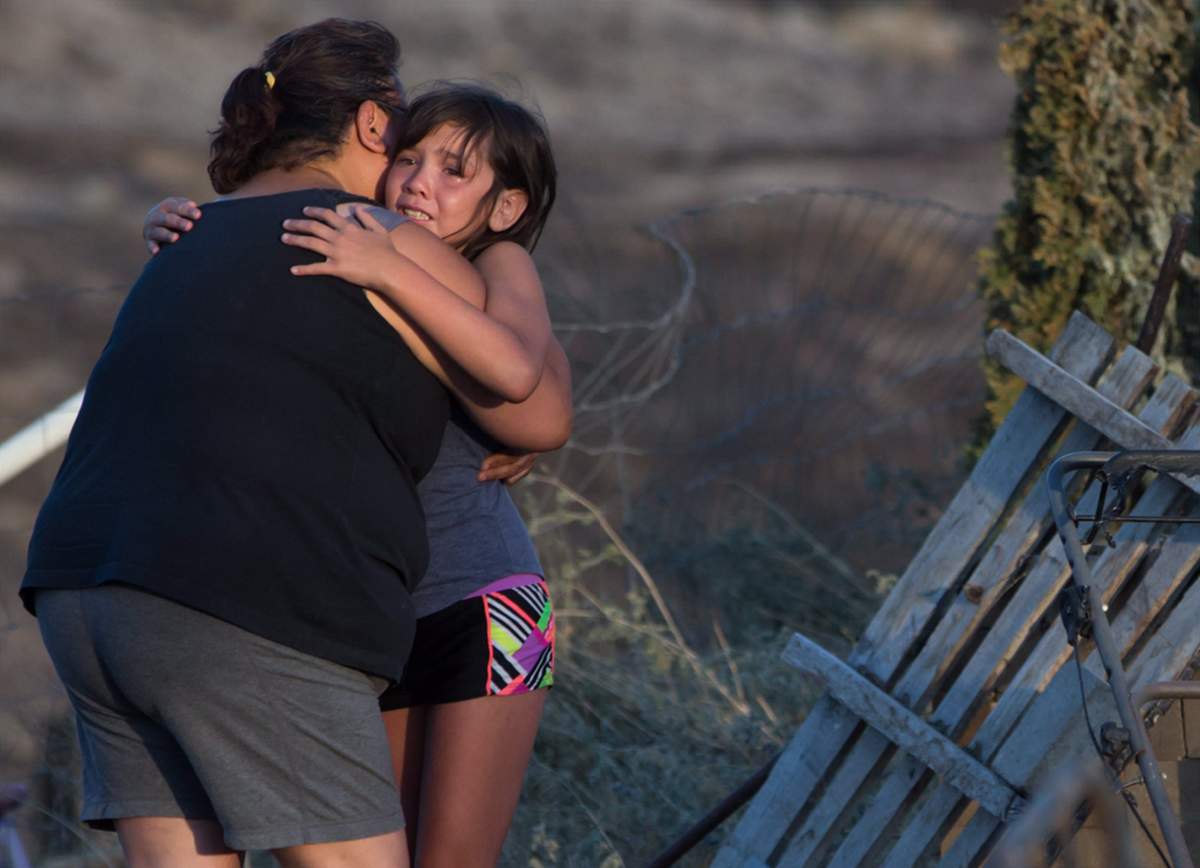



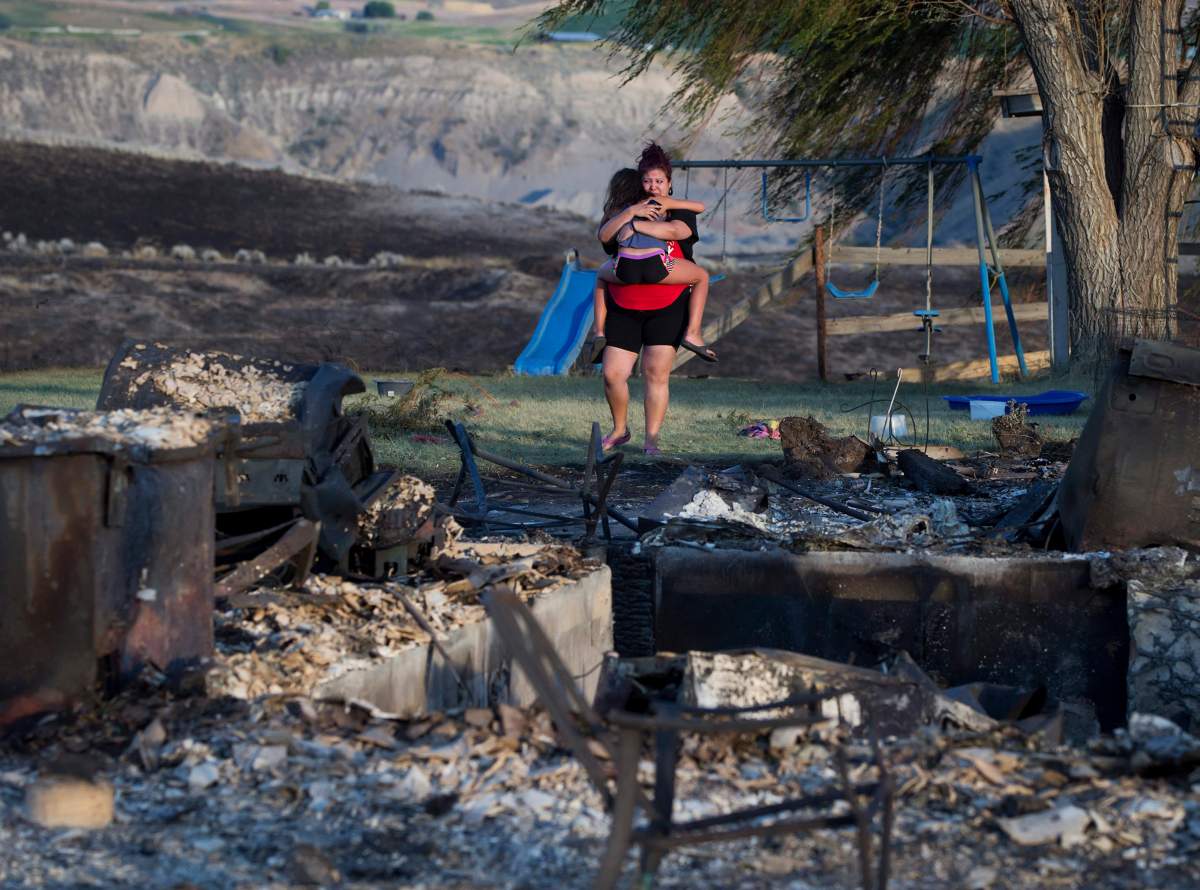



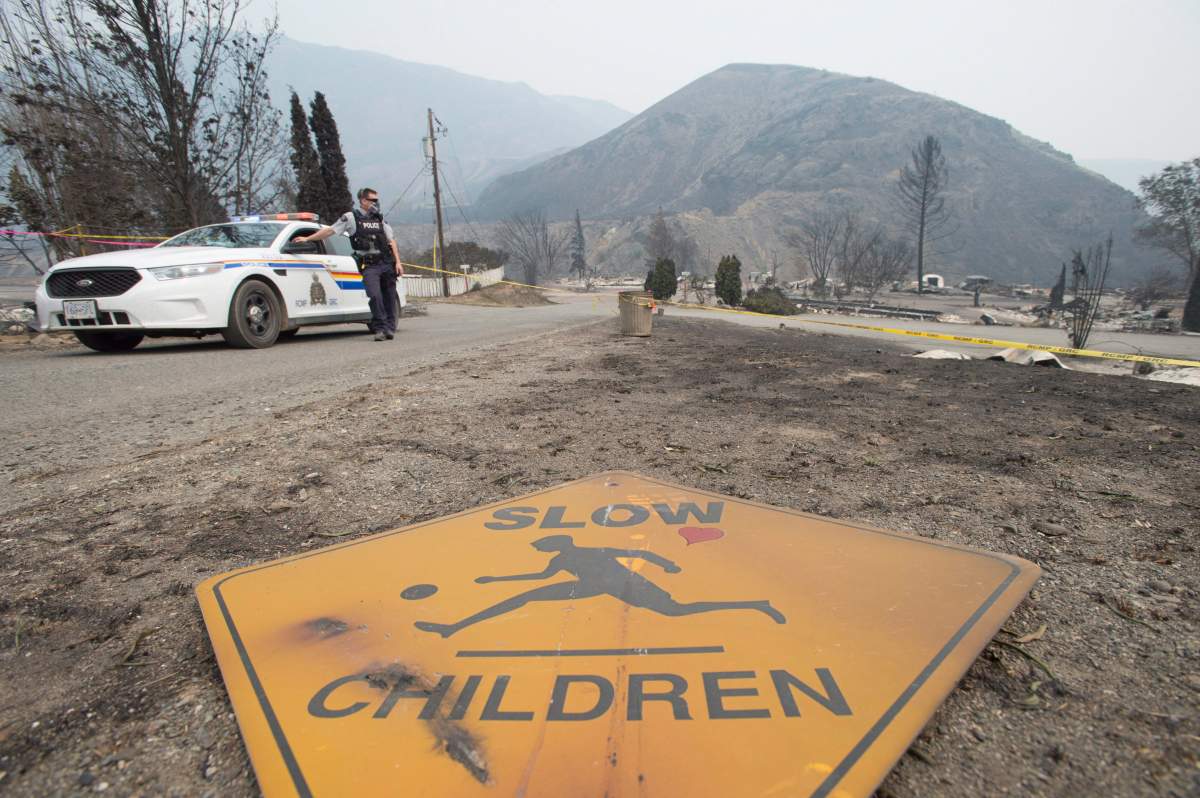





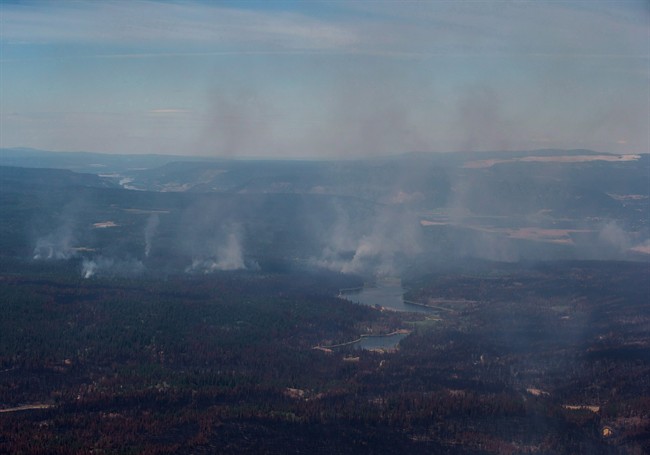

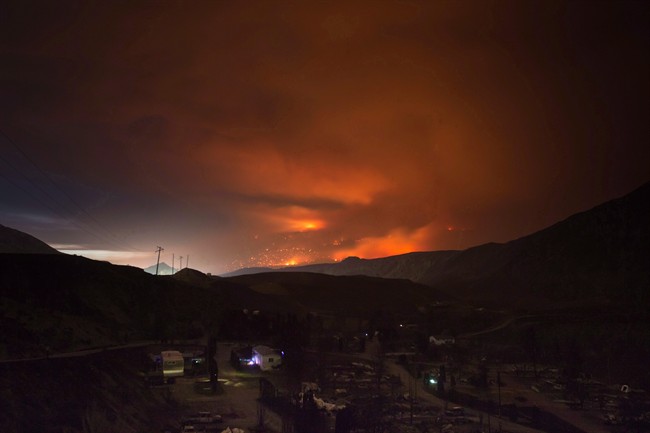

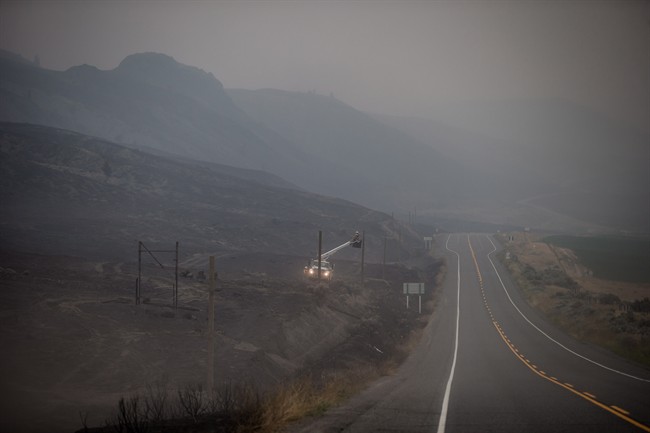





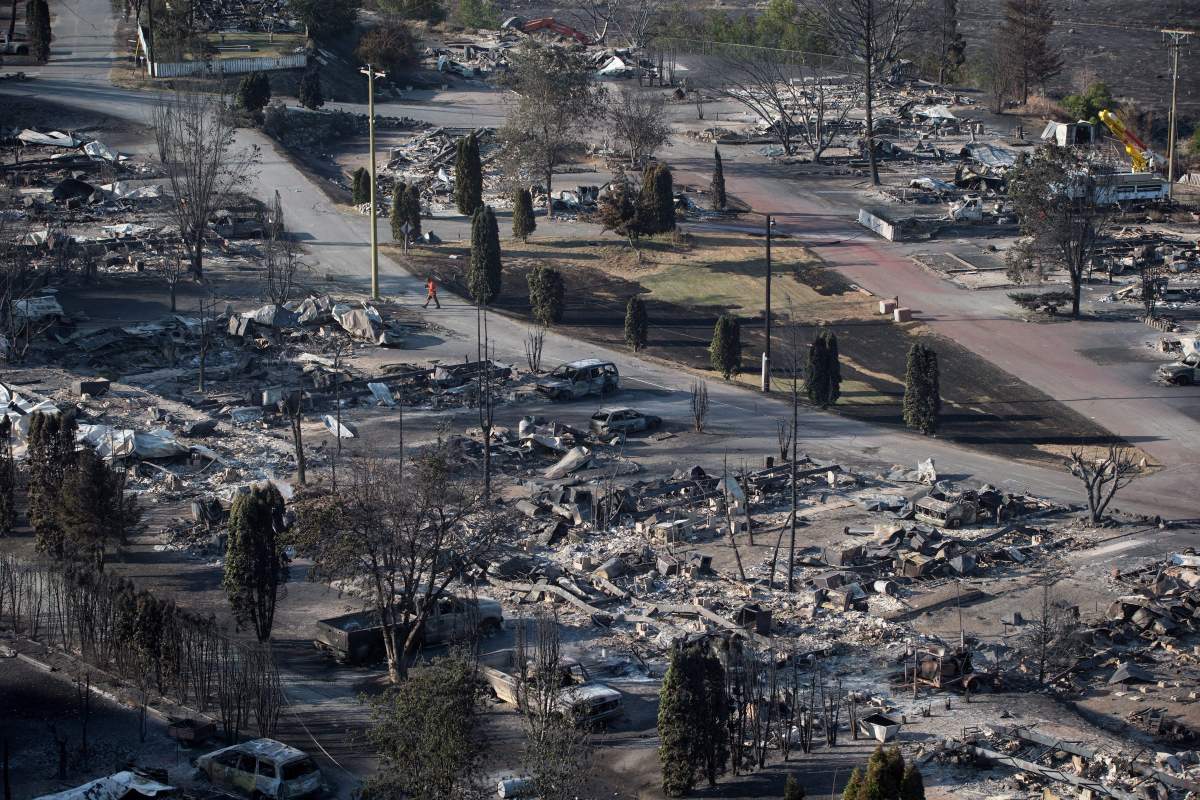

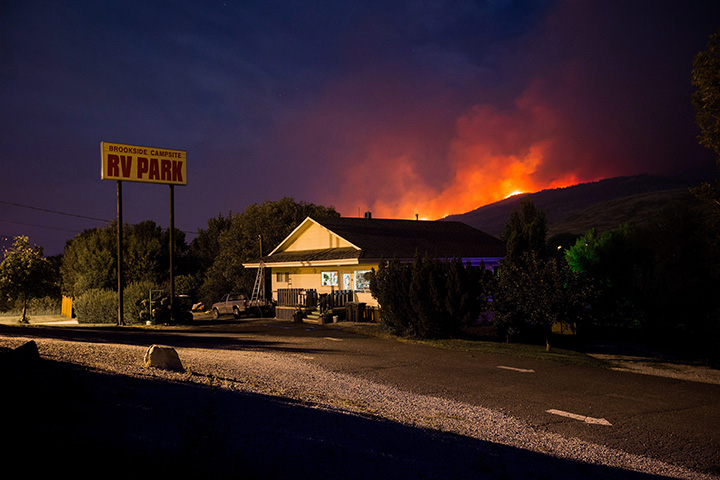

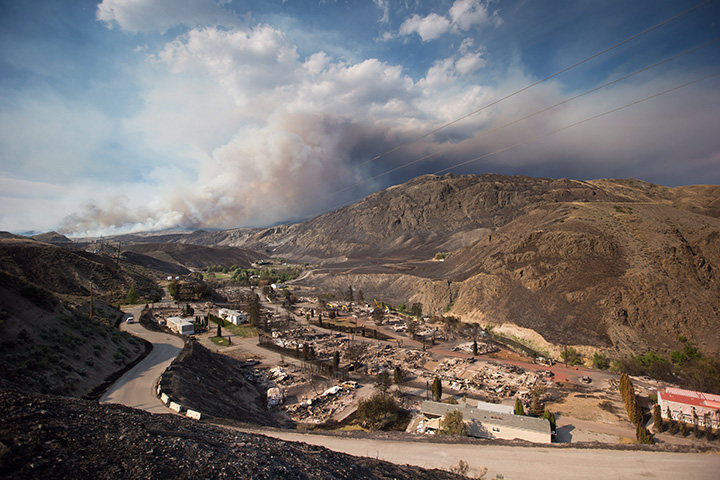






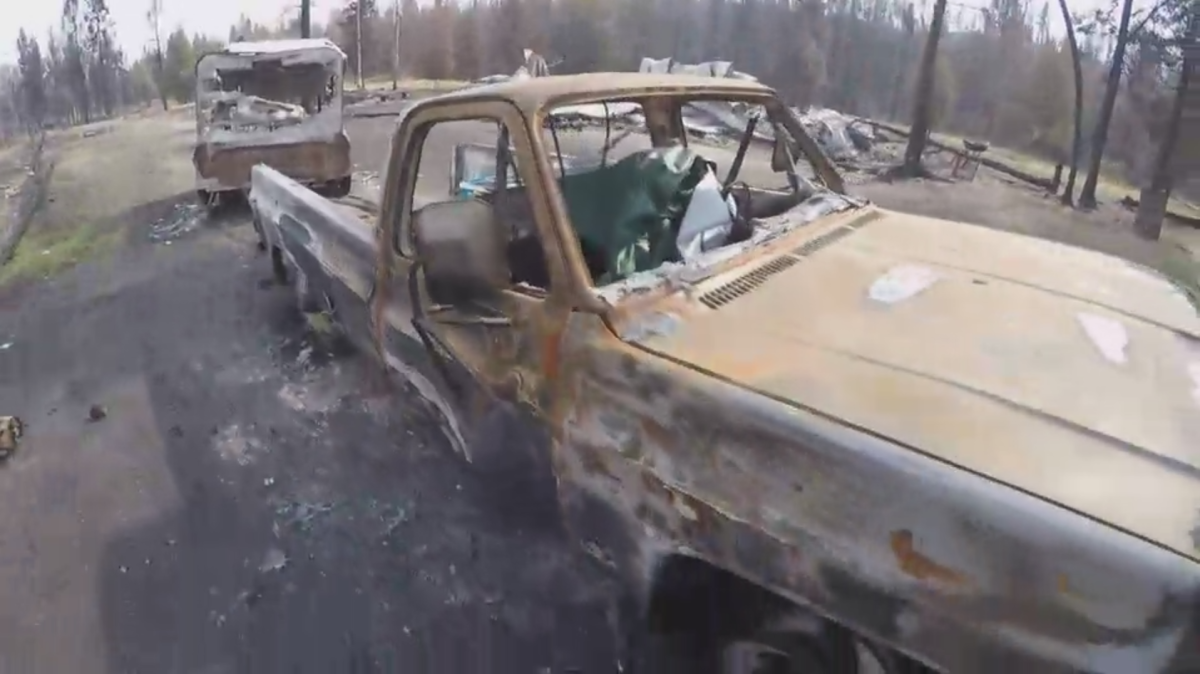

Comments